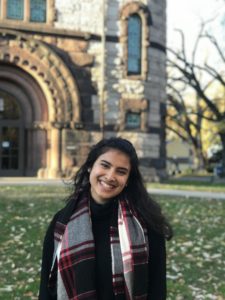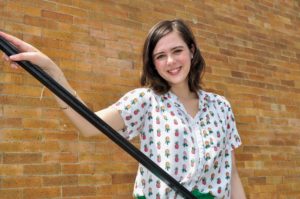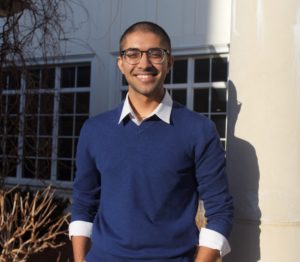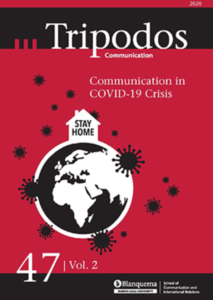 Six communication studies students and a professor recently published an article on nationwide coverage of federal government responses to the coronavirus crisis, finding that media manifest clear disappointment that the national government has not robustly protected the public.
Six communication studies students and a professor recently published an article on nationwide coverage of federal government responses to the coronavirus crisis, finding that media manifest clear disappointment that the national government has not robustly protected the public.
As part of a double-volume issue published in Spanish journal Trípodos, the article was co-authored by TCNJ students Suchir Govindarajan ’21, an English major with minors in public health and Russian Studies; Alexis Marta ’21, a communication studies major with a public and mass communication specialization and a minor in public health with a pre-health track; James N. Sparano ’21, a communication studies major; Miranda Crowley ’21, a communication studies major with a public and mass communications specialization and a women’s, gender, and sexuality studies minor; Abigail Lewis ’21, a public health major in the behavioral sciences track with a secondary major in women’s, gender, and sexuality studies and a minor in Arabic; and Radhika Purandare ’21, with double majors in public health and communication studies with public and mass communication specialization and a law, politics, and philosophy minor; and Professor of Communication Studies and Public Health John C. Pollock.
Based on a content analysis project in a class on Global Health Communication and Social Change taught by Pollock in spring 2020, the students compared city demographics in 18 major cities throughout the US from Jan. 28, 2020 through April 3, 2020, with variations in favorable or unfavorable coverage of federal government response to the COVID-19 pandemic.
“The team found that the higher the proportion of ‘privileged’ measures –– representing groups ‘buffered’ from economic uncertainty –– in a community –– for example, physicians/100,000, hospital beds/100,000, or percent population in economically privileged age groups 45-64, 65+ –– the “less” favorable the coverage of the federal coronavirus response,” Pollock explained. “This finding has been identified by my community structure theory –– comparing different community demographics with varied coverage of critical issues –– as a ‘violated buffer’ pattern, in which negative coverage of ‘biological threats or threats to a cherished way of life’ is linked proportionately to levels of community privilege.
Crowley said the students were originally tasked with designing a global health campaign to combat COVID-19 exposure in airports, but Pollock approached the students with the opportunity halfway through the semester.
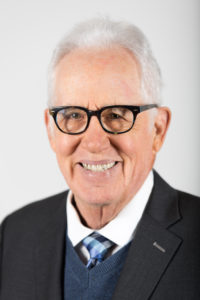
“After having read numerous international reports on the virus, our team jumped at the chance to study domestic media coverage of the pandemic,” she said. “We began data collection the week after spring break and were forced to adapt our normal teamwork dynamic to accommodate remote learning barriers and lockdown mandates.”
Crowley said the students not only learned more about the virus and its representation in U.S. media, but also how to conduct a research study via Zoom. “In the end, we learned not only how to perform content analysis but also how to conduct a research study that requires immense collaboration without the benefit of in-person meetings,” she added.
In the future, Crowley plans to pursue a Master of Public Administration and a J.D. in civil rights law. She hopes to use both degrees to influence the future of social and health policy on either the state or national level.
“This study alone has afforded me a more complete understanding of not only COVID-19 but also the underlying issues within our nation’s healthcare, social welfare, and economic systems,” she said. “As someone who hopes to one day influence policy, opportunities to holistically analyze a social, political, or economic issue such as COVID-19 are invaluable.”
The student co-authors join a large group of several hundred former students who have co-authored refereed papers, articles, chapters, even a book over the 28 years Pollock has taught at TCNJ.
“Student-generated papers often produce invitations to scholarly conferences, especially in health communication, a special strength of the departments of communication studies and public health,” Pollock said. “Both departments are honored to teach students with the intelligence and motivation that led to a paper on coronavirus coverage of such obvious quality that it was immediately accepted for publication in a distinguished Spanish communication journal.”
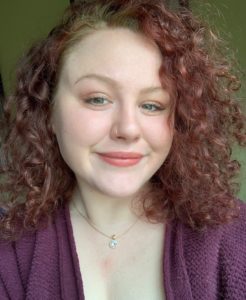
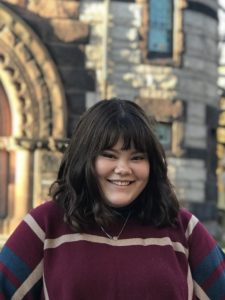
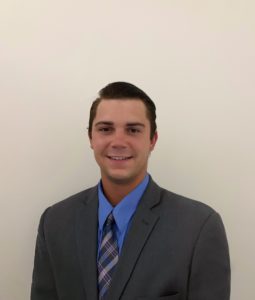
– The School of the Arts and Communication
